The Vikings have a barbaric reputation because of their known ferocity. They looted, pillaged and burned homes and even enslaved, murdered and raped their victims. Despite that, the Vikings had special skills and left a legacy that forever changed people’s lives. They were remarkable engineers, and their innovations enabled them to sail across the oceans. Their inventions gave them an edge in battles and trades. Many of their technological geniuses helped shape navigation and sailing, while some remained to be valuable military and personal travel articles in harsh environments.
The following list of the Vikings’ ten most notable achievements and inventions reflects their nature as real Norsemen than their mastery in battle and navigation. Much of what they started is still being enjoyed to this day. Their legacy is beyond gruesome, bloody tales that have become synonymous with their identity. Their culture has been influential on modern life in more ways than one.
Tent
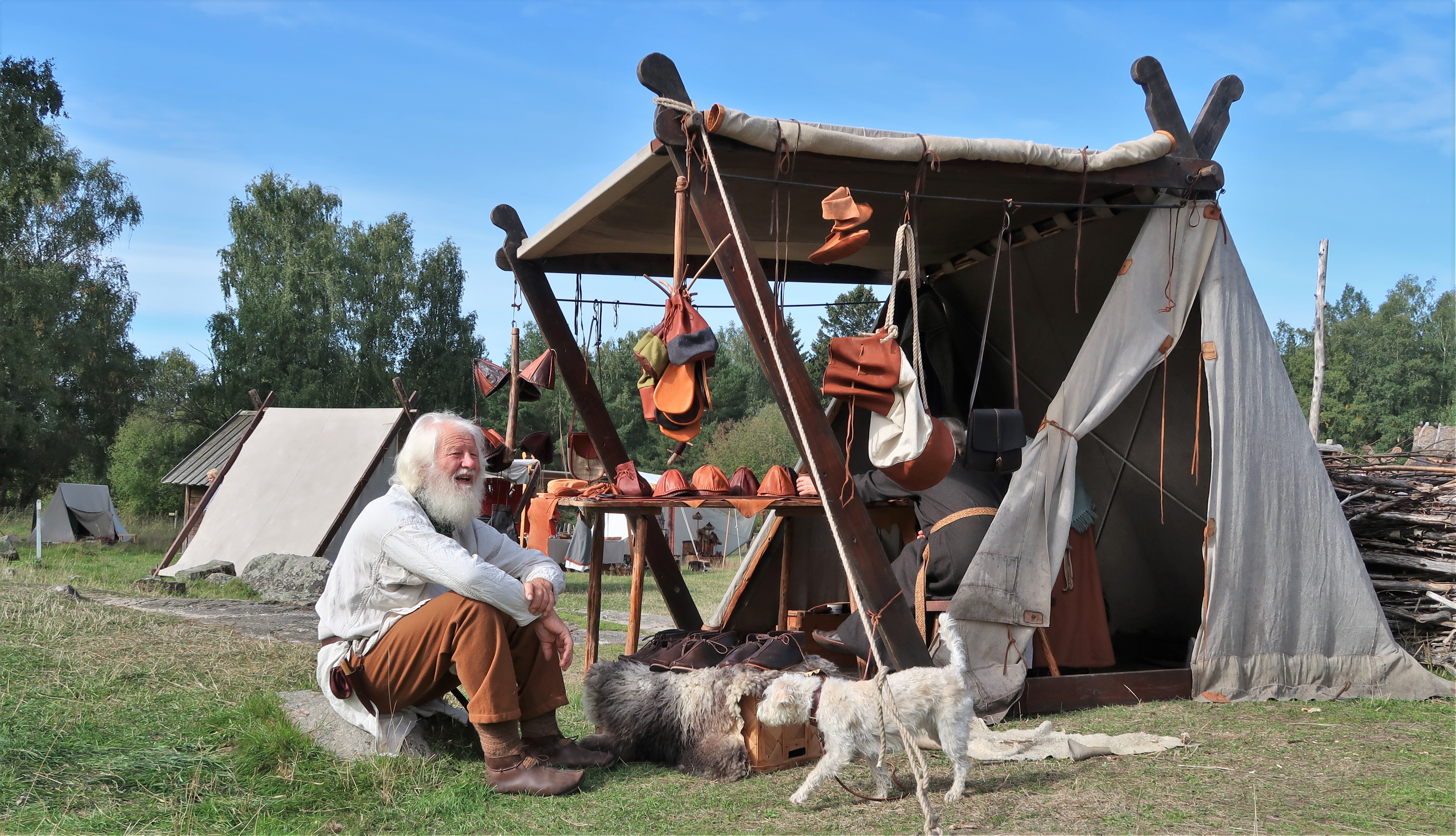
Archaeologists discovered the frames of their tents buried on Viking ships in Norway, and they were very plain, practical yet ingenious. The Viking tent has a pair of wooden crossed beams with bottoms attached to the platform’s two ends. It has a soft rectangular material draped across the pole and secured to the ends and sides of the platform. It is easy to set this tent in minutes to provide shelter. Its wooden floor is brilliant; it even has decorative elements such as carved dragon heads on top of the support beams.
Sunstone

The Vikings were skilled and successful navigators worldwide, and they could do this using simple tools. They had no magnetic compasses or sextants, just the sun, and the stars. One of their skills was their ability to find the sun even when it was behind the clouds or below the horizon. They do this using a sunstone, which was first written in the Icelandic legend Rauðúlfs þáttr.
Sunstone is a piece of Iceland spar mineral made of crystallized calcium carbonate or calcite. It can be used for navigation because of its physical property called birefringence. This means that the amount that light is refracted when it passes through the crystal depends on the polarity of the light. When a beam of light like sunlight passes through the crystal, it splits into two beams, the ordinary and the extraordinary beams.
Sun Compass

The Vikings did not use maps and relied on other ways of navigating. They used natural means to find locations of the places they wanted to explore. They observed the directions of whales and birds to help them with directions as well, noticing that these animals only get to certain places. The Vikings also relied upon the sun, moon, and natural landmarks to decide if they were going on the right path.
They had a special sun compass that consisted of a vertical pointer on a horizontal surface. It has a gnomon or pointer’s shadow drawn through the day. The shadow curve varies at different latitudes and different periods in a year. To use this for sailing, there should be a series of turns. Of course, the sun compass has limits, such as when the sun is obscured. In this case, the sunstone is helpful as it tells the sun’s direction.
Skiing
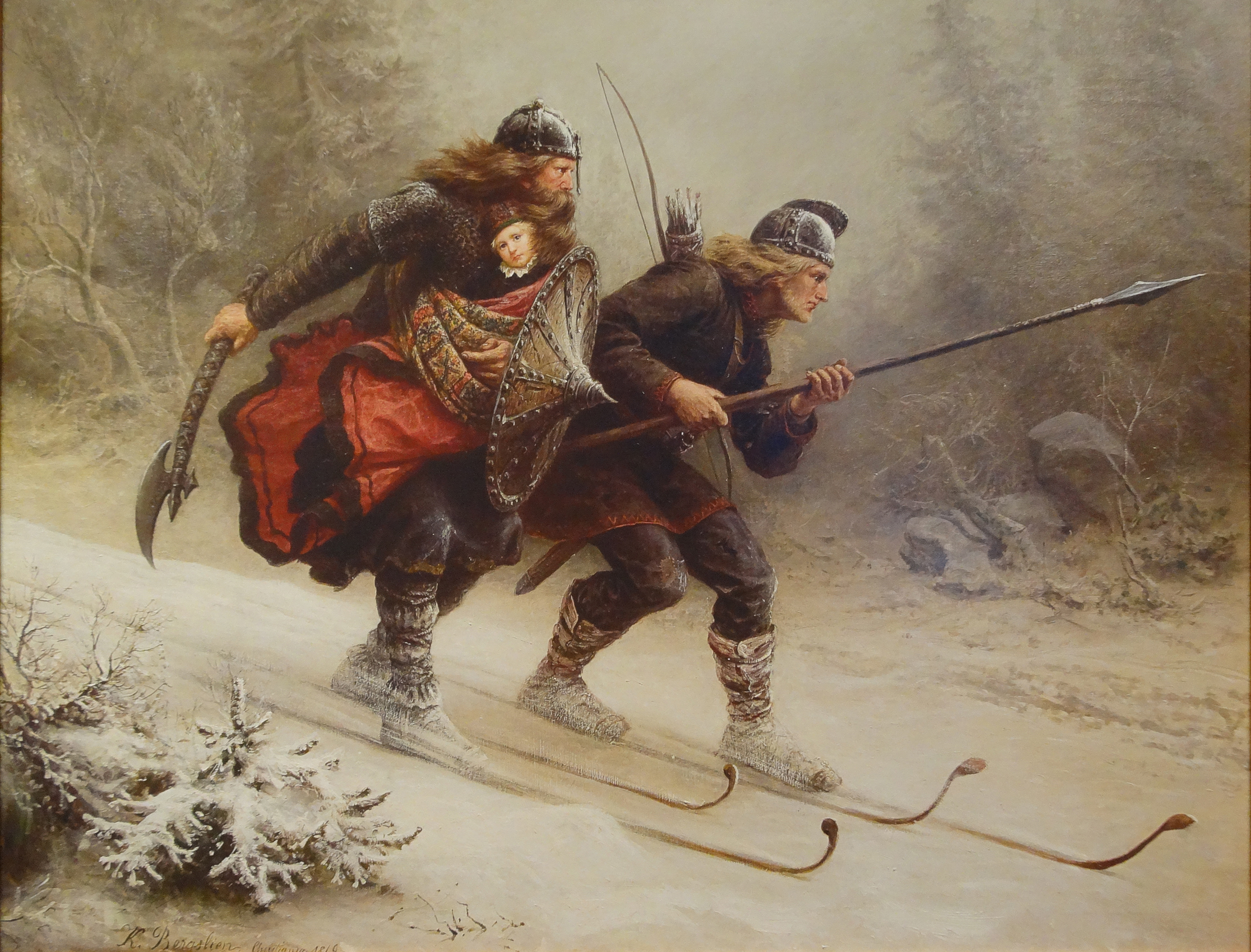
The lands where the Vikings were from were areas of chilly winters, creeping icebergs, and howling blizzards, making sailing very dangerous. The Vikings used the snowy winter months for hunting and trapping furs. They even made war during this time. Scientists found sleighs and sleds in their graves, noting that the Norsemen would ice skate or snow ski.
Their skis were unique; they were six feet long, curved towards the front, and tapered to the back. They had leather or metal bindings and were not covered in hide or fur. Even so, it was still speedy because of the wood’s curved surface. Researchers say Viking skis might be used as singles or pairs and were mainly used to cover the distance in the snow. They would also ski to trap fur, as the Vikings value luxury furs for trading. Using their skis, they could cover the distance between traps without scaring their prey off.
Shield
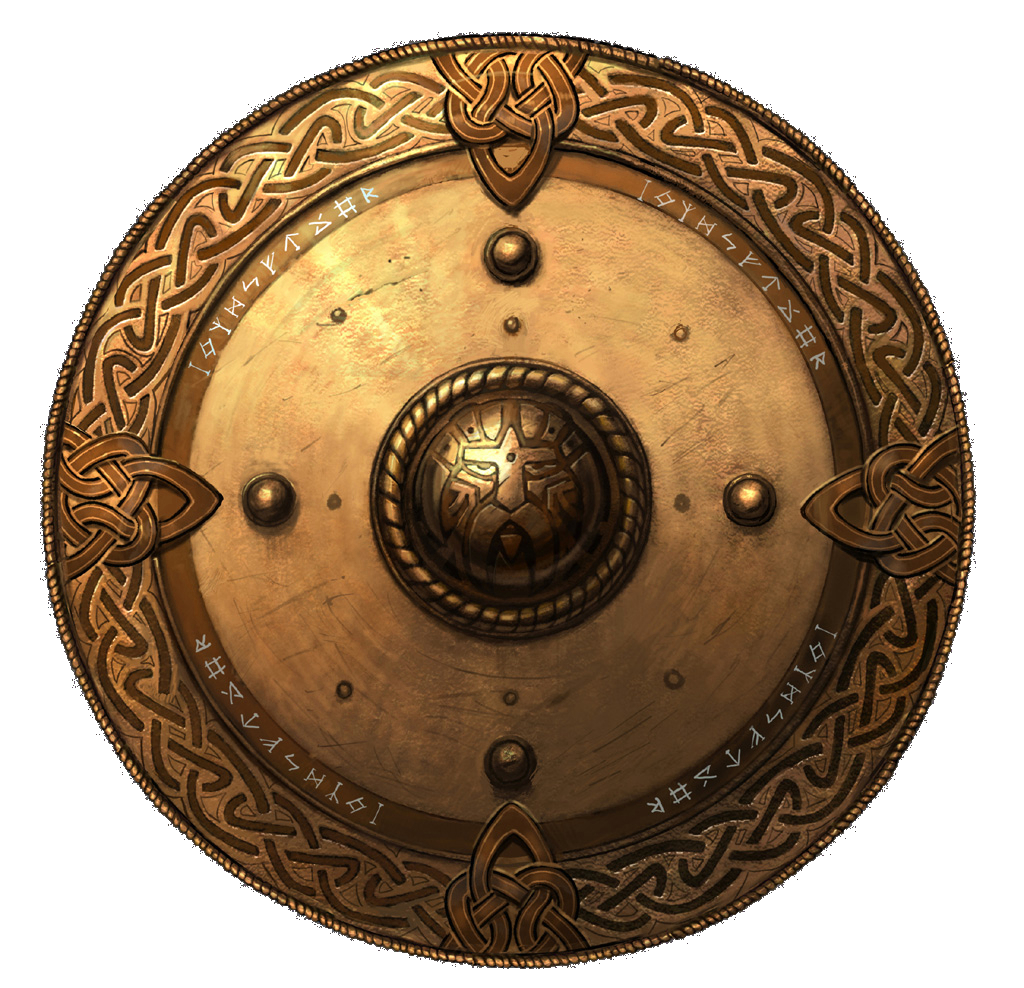
Viking shields are thin planking in circular shapes with an iron dome called the shield boss at the center to protect the hand. This is often the only part left of the shield on the ground. However, excavations uncovered a complete shield in 2008 at Trelleborg, Sweden. It was made of pinewood and measured 80 centimeters in diameter. Experts presumed it was used in the operation of the fortress in the late 900s.
The most amazing collection of shields was found at a Norwegian burial where a ship was buried. There were around 64 shields painted blue and yellow. They were thin and would split easily when hit with swords and arrows. The Vikings also mounted shields on the side of their ships to protect them against spears and arrows. However, they only do these before a battle, as mounted shields reduce the ship’s sailing power.
Magnetic Compass
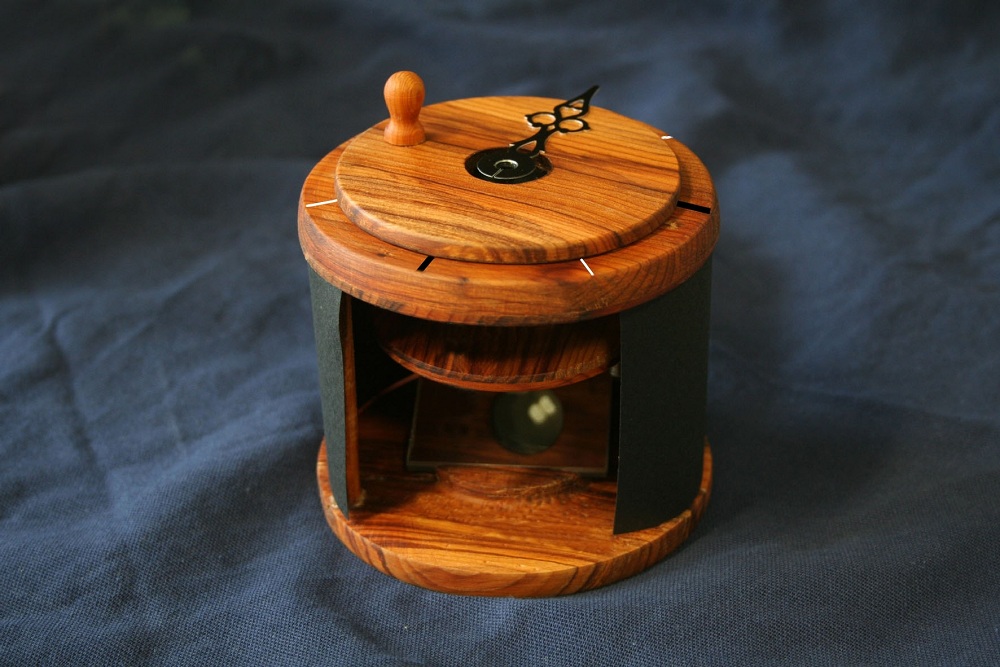
Scandinavia is abundant in the mineral lodestone or magnetite. The Vikings were among the first to invent magnetic compasses apart from the Chinese. The Vikings used to hide the existence of magnetic compasses, and for 500 years, they had it among Europeans, who only got to know compasses when they traded with China. They used their compasses to sail through the oceans despite harsh conditions.
The Vikings were good at determining latitude but could not reckon longitude, just like other medieval mariners. However, they were aware that the sun rises in the east and sets in the west. They knew that it was headed south at noon, and when it did not set below the horizon, it was headed north at midnight. This impressive knowledge helped them use their magnetic compasses in exploration.
Longship
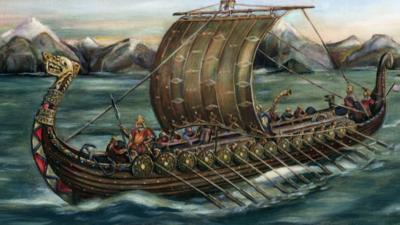
The longship is closely associated with the Vikings and vice versa. It is considered an engineering wonder and was unmatched in the medieval world. The Vikings were dominant in trade, battle, and exploration because of their knowledge of navigation and their boats’ durable and flexible design.
Their ships had shallow drafts that allowed them to work in shallow water and travel up rivers. In addition, they were flexible because they were not firmly nailed, so instead of taking the waves’ full force, they would bend with them. This flexibility was why the Vikings succeeded in sailing open seas despite rough waves. These surprised inhabitants from other places to see them aboard their ships at locations when no one would think a boat would appear. The Vikings were also able to sail very far because of their boat.
Keel

The Viking’s longboats made them superior in Europe for more than 200 years. Its shallow draft shape enabled sailing on beaches, and its design made it a strong and versatile battle vessel. It was built using overlapping planks or strakes, which proved a very successful technique. The Vikings first laid the keel, which was often made of a single piece of wood, then built up planks on both sides of the keel. They would then secure them with nails. Next, they placed floor timbers across the planks, supporting the hull’s shape. After that, they put down the keelson to hold the mast. Bites or crossbeams sealed the sides.
The Vikings’ invention of the keel revolutionized ship construction and sea voyage. It made the ships stable and perfect for sailing as it became the base to protect the mast. In addition, they added a massive sail as propulsion instead of oars. The keel allowed the Vikings not just to voyage far and long but also to carry heavy loads of timber, food and animals in the ocean.
Comb
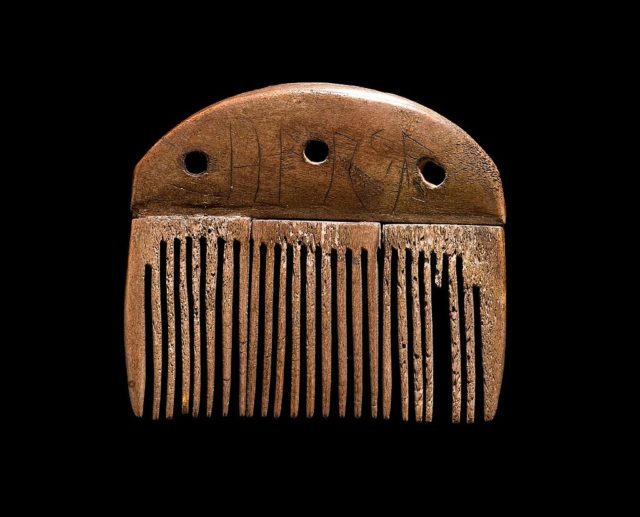
The invention of combs lightened the image of the macho Vikings. It showed that they also have a hint of vanity in them. So archaeologists looked at the details of their hair comb to find new information about them. They call them Norse combs, which they dug at the famous Coppergate in the 1970s. They were made of deer antlers, and some were beautifully decorated, but all were primarily over-engineered.
Evidence even showed that they needed to use rasps, saws and polishers to make them, indicating that the Vikings valued hair as part of their identity. They used their hair to mark a distinction. So grooming was a big deal among them that they carried combs along with their knives and swords on their belts and even took them to their graves.
Battle Ax
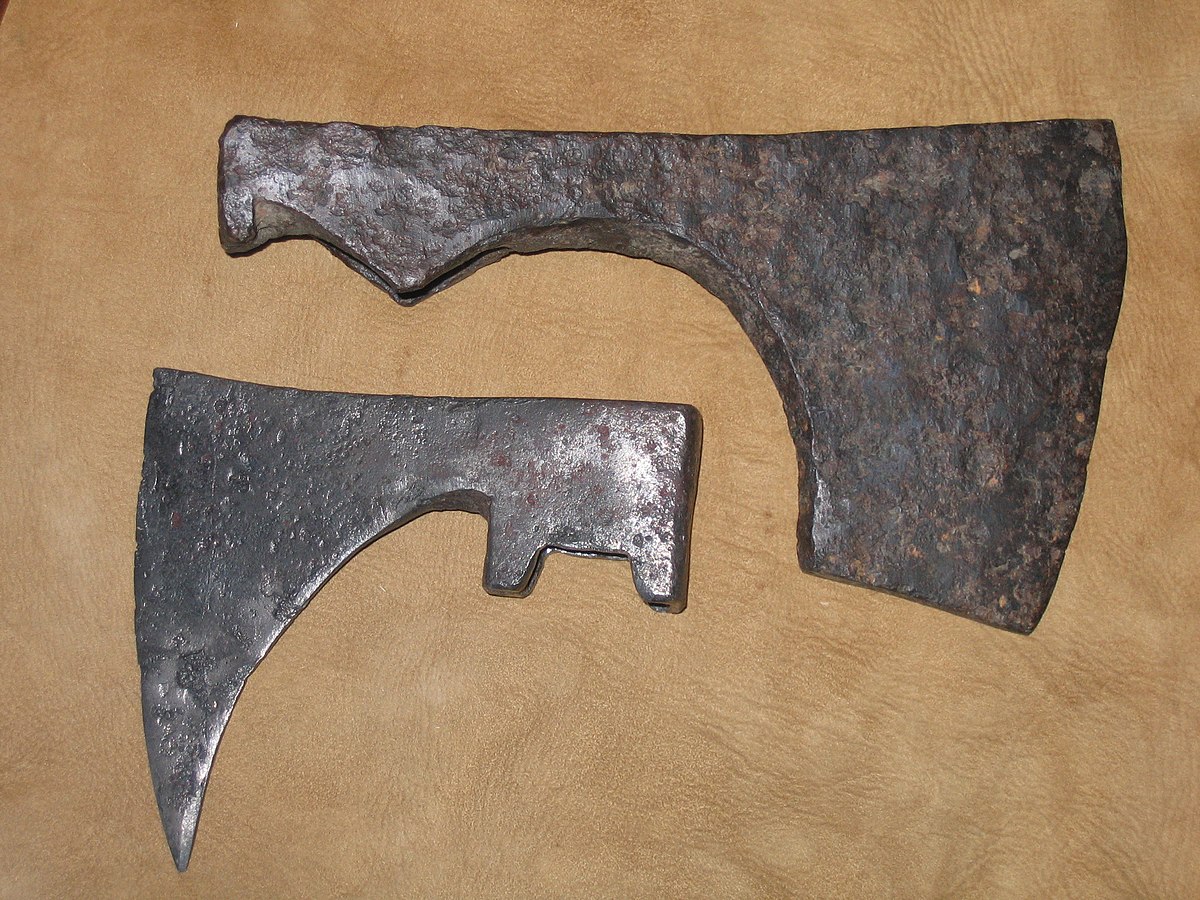
Various types of axes existed during the Vikings’ age, for it was a period when wood was a primary construction material. They would build houses, ships and carts made of wood, which required different sizes and axes. The battle ax was a modification of the early simple axes that the Vikings used for chopping wood. It was different from the axes used by other medieval warriors. Its blade is broader and larger, and it had a hook at the lower end that could have been used to catch an opponent by the rim or the foot of his shield. The handle was longer so they could hit their enemy at a farther distance.
The battle axes were well-balanced weapons that could easily inflict wounds and kill. Some stories say that the Vikings also used it to throw weapons in retaliation when injured.